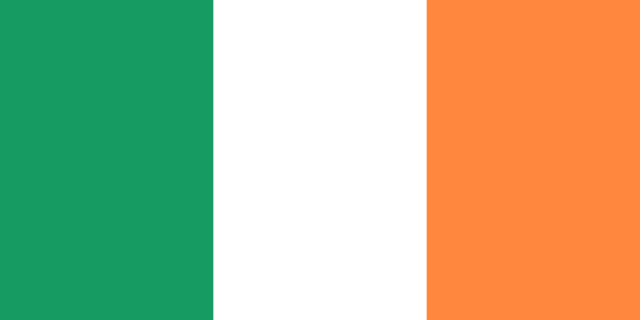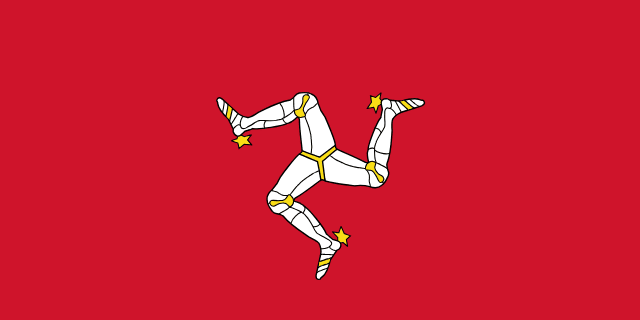Country Information
| Sovereign State | No (Crown Dependency of the United Kingdom) |
| Country Codes | IM, IMN |
| Official Name | Isle of Man |
| Continent | Europe |
| Capital | Douglas |
| Government Type | Parliamentary democratic constitutional monarchy |
| Currency | Manx pound (IMP) |
| Calling Code | +44 1624 |
| Member Of | Not a member of the United Nations but participates in certain international bodies |
| Population | Approximately 85,000 (as of 2023) |
| Total Area | Around 572 square kilometers |
| Highest Point | Snaefell (621 meters or 2,037 feet) |
| Lowest Point | Irish Sea (sea level) |
| GDP Per Capita | Estimated around $84,600 USD |
| Life Expectancy | Around 81 years |
| Internet TLD | .im |
Isle of Man National Anthem
Arrane Ashoonagh dy Vannin (O Land of Our Birth)
O land of our birth,
O gem of God’s earth,
O Island so strong and so fair;
Built firm as Barrule,
Thy Throne of Home Rule,
Makes us free as thy sweet mountain air.
Flags of Neighboring Countries


History of the Isle of Man Flag
The flag of the Isle of Man, known for its striking and unique design featuring three armored legs, is steeped in history and symbolism. The flag, officially adopted in 1932, but with its design dating back much further, is a symbol of the Isle’s independent spirit and its rich cultural heritage.
The triskelion, a symbol consisting of three legs joined at the thigh and bent at the knee, is an ancient symbol that has been associated with the Isle of Man for centuries. The origins of the triskelion are somewhat mysterious, but it is believed to have been in use since the 13th century. The symbol is thought to represent strength and resilience, with the three legs suggesting movement and progress despite challenges.
The colors of the flag, red and white, are traditional Manx colors. Red is a powerful color representing strength and valor, while white symbolizes peace and purity. Together, these colors reflect the character of the Isle of Man, combining a strong sense of identity and history with a commitment to peace and stability.
Throughout the centuries, the triskelion has been used in various forms and has been an emblem on the Isle of Man’s coat of arms. The use of this symbol in the flag reinforces the Isle’s distinct identity, separate from the United Kingdom, while still acknowledging its status as a Crown Dependency.
The adoption of the current flag design in 1932 marked a significant moment in the Isle of Man’s history, providing a recognizable and distinctive symbol for the island. The flag is flown on government buildings and used in official contexts, serving as a source of pride for Manx people.
The flag’s design, with its three legs running clockwise and bearing armor, is also surrounded by the motto “Quocunque Jeceris Stabit,” which translates to “whichever way you throw, it will stand.” This motto encapsulates the resilience and enduring spirit of the Isle and its people, highlighting their ability to thrive and maintain their unique culture and identity, no matter what challenges they face.

